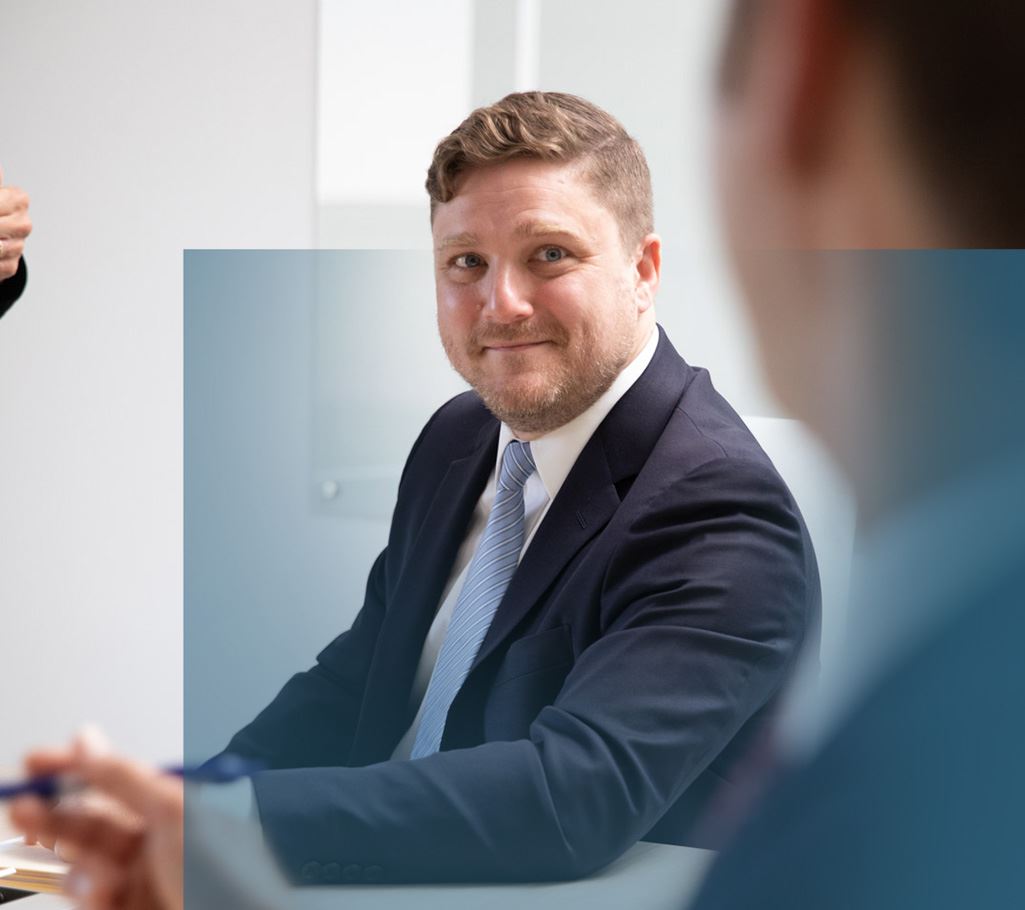
Glyphosate as a Chelating Agent: Toxic Impact on Plants and Humans
The basic biological path by which glyphosate kills plants that are not genetically modified to resist it is well known. But glyphosate produces other effects with toxic potential that have received relatively little study or attention by government agencies.
This is particularly true for glyphosate as a chelating agent. In this literature review of over 200 studies, the authors summarize the results of research into biological mechanisms that contribute to the toxicity of glyphosate and glyphosate-based herbicides (GBH). In doing so they make clear the danger that Roundup and similar formulations pose to consumer health.

Glyphosate in the Environment
The growing presence of glyphosate in the environment is a major concern. Glyphosate reaches the soil through direct application of an herbicide, when it is washed off leaves by rain, or when it is carried by wind. After plants treated with glyphosate are harvested, the plant residues left behind release glyphosate into the soil as they decay. That glyphosate may then be taken up by non-target plants.
Glyphosate also accumulates in root tissues, and binds to minerals in the soil, only to be released (and taken up other plants) later, when phosphate fertilizers are applied.
Glyphosate can persist in the soil for extended periods, with half-lives extending up to 428 days. Aminomethylphosphonic acid (AMPA), which is a product of glyphosate degradation over time, and POEA, a surfactant used to hold the herbicide to the leaf surface, are also left behind. The toxicity of AMPA closely matches that of glyphosate and POEA has also been found to be toxic to humans.
In one Finnish study, 19% of the applied glyphosate remained in the soil 20 months after it was applied, as well as AMPA in concentrations equivalent to 48% of the original glyphosate.
Glyphosate and AMPA are also found in groundwater and surface water. The amount of glyphosate permitted in drinking water in the U.S. is shockingly higher than it is in Europe. The U.S. permits 700 micrograms per liter, whereas the level allowed for pesticides in Europe is one tenth of a microgram.
Glyphosate and AMPA are also found in food and feed at levels “that could affect humans and animals negatively.” The authors report that glyphosate and AMPA residues are stable in food and feed for at least 2 years and up to 4 years. More than 50% of urine samples collected in one German study contained measurable levels of glyphosate and AMPA.
Glyphosate as a Chelating Agent
The word “chelation” comes from a Greek word meaning a crab’s claw. Some molecules are able to “grab” metals by forming a chemical bond with them. That process is called chelation and the molecule doing the grabbing is the chelating agent.
Chelating agents can grab heavy metals that are poisoning soil and groundwater and make them available for uptake by plants. This can be used to clean up toxic soil and groundwaters by trapping heavy metals in plants. But it can also increase plant toxicity.
Chelating agents can also harm plants by impeding the uptake of trace minerals that are essential to plants and organisms. By forming chemical bonds with micronutrients such as iron, zinc, manganese, boron, molybdenum, and cobalt, chelating agents inhibit the ability of plants to take up these minerals.
In short, a glyphosate chelating agent may affect plants in two ways, either by increasing their toxicity or by limiting their micronutrient uptake, which could reduce micronutrient uptake by humans.
The authors cite several greenhouse studies that demonstrated negative effects on crops that have been genetically modified to resist glyphosate. Among the effects seen in these studies are lowered micronutrient and macronutrient (calcium, magnesium, nitrogen, potassium, and phosphorus) concentrations in the plants. These nutrients play critical roles in human health and development.
Zinc Deficiency
A report from Oregon State University calls zinc deficiency a global concern, citing a study that found “DNA damage in humans caused by only minor zinc deficiency.” Zinc deficiency is a major problem in Africa and South-east Asia, where glyphosate resistant crops are heavily promoted by Monsanto. According to a report from the World Health Organization, “zinc deficiency was estimated to cause 176,000 diarrhea deaths, 406,000 pneumonia deaths and 207,000 malaria deaths.” (See Chapter on Zinc Deficiency.)
Glyphosate also has similar effects on non-glyphosate resistant (GR) plants. One of the dangers of herbicides is that plants that were not intended to be sprayed become exposed to the poison. This can happen through the air (called “drift”) or via herbicide-contaminated soil. The authors review one study in which scientists simulated the exposure of sunflowers at levels that would be expected due to glyphosate drift or glyphosate residues in the soil. This resulted in a substantial reduction in the plants’ uptake of iron and manganese. The authors of the drift study concluded that glyphosate residues or drift may result in severe impairments in iron and manganese in nontarget plants. (Iron deficiency is a common problem in soybean production, 90% of which comes from Roundup Ready crops.)
The authors of this review make an important point regarding glyphosate as a chelating agent. There are other chemicals in commercial formulations of Roundup that may also act as chelating agents. Other additives may enhance glyphosate’s chelating ability. Consideration of these factors, say the authors, is not a regular part of the approval process for glyphosate formulations like Roundup.
Glyphosate – Impact on Plant Microorganisms
Glyphosate also effects microorganisms that interact with plants. Certain bacteria, for example, transform nitrogen in the atmosphere into nitrogen-containing compounds (e.g., ammonia) that plants can use. This is known as nitrogen fixation.
Reduced nitrogen fixation has been reported both in glyphosate-resistant soybeans and in non-glyphosate-resistant soybeans exposed to spray drift rates of glyphosate. In other research, beneficial bacteria that resisted fungal pathogens and provided manganese in a form that could be taken up by plants, were significantly reduced by glyphosate. Manganese-deficient plants are more vulnerable to root-infecting pathogens.
Other micronutrients (calcium, magnesium, iron, zinc, copper) affected by glyphosate also play a role in plant disease. Microorganisms in the soil around the roots of a plant, an area known as the rhizosphere, are also affected by micronutrient availability. Researchers who studied microorganisms in the rhizosphere of glyphosate-resistant corn and soybean plant roots found evidence of decreased availability of several nutrients in the soil, including iron, nitrogen, and phosphorus. They pointed to glyphosate’s chelating action as a likely explanation for the reduced bioavailability.
Glyphosate – Impact on Humans and Animals
According to the authors of this review, “… food and feed derived from GBH [glyphosate-based herbicides] treated plants can contain significant amounts of glyphosate and AMPA residues and probably also residues of formulants such as POEA.” POEA (polyethoxylated tallowamine) is a surfactant that is added to increase glyphosate’s penetration of the leaf surface.) POEA and several other “formulants” – allegedly inert substances that are added to Roundup – have been found to be far more toxic than glyphosate.
Several scientists have proposed that glyphosate residues and low levels of micronutrients in foods from GBH treated plants contribute to several diseases in the United States. Many of the factors associated with celiac disease are explainable as the effects of glyphosate’s effects, including deficiencies in trace minerals such as iron, cobalt, molybdenum, and copper. Other investigators have tied manganese deficiencies to neurological diseases, such as autism, Alzheimer’s, and Parkinson’s disease.
The impact of glyphosate as a chelating agent for heavy metals surfaced in research conducted in Sri Lanka, where researchers linked simultaneous exposure to heavy metals and glyphosate to chronic kidney disease. The disease has become a significant public health problem in certain regions.
The authors, who are based in Germany, point out that the European Food Safety Authority “did not provide data on potential impacts of glyphosate on plant nutrient availability” or its impact as a chelator in is review of glyphosate. They call for further research into the impact of glyphosate as a chelating agent as well as other formulants found in glyphosate-based herbicides.
Summary Information
Title
Glyphosate, a chelating agent—relevant for ecological risk assessment?
Authors
Martha Mertens1, Sebastian Höss1, Günter Neumann2, Joshua Afzal2, Wolfram Reichenbecher3
- Institute for Biodiversity Network e.V. (ibn), Nußbergerstr. 6a,93059 Regensburg, Germany
- Institute of Crop Science (340h), University of Hohenheim,70599 Stuttgart, Germany
- Federal Agency for Nature Conservation (BfN), Konstantinstr. 110,53179 Bonn, Germany
Journal
Environmental Science and Pollution Research, published online, January 2, 2018
Funding
Partly funded by a Grant of the German Federal Agency for Nature Conservation, “Glyphosat als Komplexbildner – Stand des Wissens.”

OVER $4 billion
in verdicts & Settlements
Our top priority is to devise customized legal strategies that are tailored to the unique legal needs of our clients, no matter how simple or complicated their situations, might be.
-
$2.0 Billion Verdict Personal Injury
In May of 2019, the jury in the case of Pilliod et al. v, Monsanto Company ordered the agrochemical giant to pay $2.055 billion in damages to the plaintiffs, Alva and Alberta Pilliod, a Bay Area couple in their 70s.
-
$289.2 Million Verdict Personal Injury
On Aug. 10, 2018, a San Francisco jury ordered Monsanto to pay $39.25 million in compensatory damages and $250 million in punitive damages to Mr. Johnson, a former groundskeeper who alleged exposure to Monsanto’s herbicides caused him to develop terminal non-Hodgkin lymphoma.
-
$265 Million Settlement Fatal Train Crash
In 2016, Wisner Baum attorney Timothy A. Loranger and six other attorneys in the Plaintiffs’ Management Committee were able to secure a $265 million settlement for victims of the 2015 Amtrak 188 derailment in Philadelphia, one of the largest in the U.S. for 2016.
-
$105 Million Settlement Pharmaceutical Settlement
Wisner Baum obtained $105 million on behalf of multiple clients involved in a pharmaceutical negligence case.
-
$80 Million Verdict Personal Injury
Wisner Baum attorneys served on the trial team in the case of Hardeman v. Monsanto Company, which resulted in an $80 million jury verdict for the plaintiff, Edwin Hardeman.

Our Case Results

-
$265 Million Settlement Fatal Train Crash
In 2016, Wisner Baum attorney Timothy A. Loranger and six other attorneys in the Plaintiffs’ Management Committee were able to secure a $265 million settlement for victims of the 2015 Amtrak 188 derailment in Philadelphia, one of the largest in the U.S. for 2016.
-
$14 Million Settlement A Major US Plane Crash
Wisner Baum obtained a $14 million settlement for the death of a passenger in a major US plane crash.
-
$12 Million Settlement Helicopter Crash
Wisner Baum secured a $12 million settlement for a passenger who was injured in a helicopter crash.
-
$10 Million Settlement A Major Foreign Plane Crash
Wisner Baum obtained a $10 million settlement for the death of a passenger in a major foreign plane crash.
-
$2.0 Billion Verdict Personal Injury
In May of 2019, the jury in the case of Pilliod et al. v, Monsanto Company ordered the agrochemical giant to pay $2.055 billion in damages to the plaintiffs, Alva and Alberta Pilliod, a Bay Area couple in their 70s.
-
$80 Million Verdict Personal Injury
Wisner Baum attorneys served on the trial team in the case of Hardeman v. Monsanto Company, which resulted in an $80 million jury verdict for the plaintiff, Edwin Hardeman.

Client-Focused Representation
REVIEWS & TESTIMONIALS
We believe our track record speaks for itself. But you don’t have to take our word for it. See what our clients have to say about working with us.
-
"I Can’t Imagine a Better Law Firm"
Multiple lawyers recommended Wisner Baum to me and I have been consistently impressed with the quality of their work.
- Best Law Firms Survey -
"They Are About Changing the Systems..."
Wisner Baum are not only amazing attorneys but more importantly, they are activists. They are about changing the systems which got us into trouble in the first place. They understand their role in the process of making change.
- Kim Witczak -
"Top Legal Minds in the Country"
The Wisner Baum firm has some of the top legal minds in the country; they are driven, determined, trustworthy, ethical and passionate.
- From Best Lawyers® Best Law Firms





.2110081511550.png)